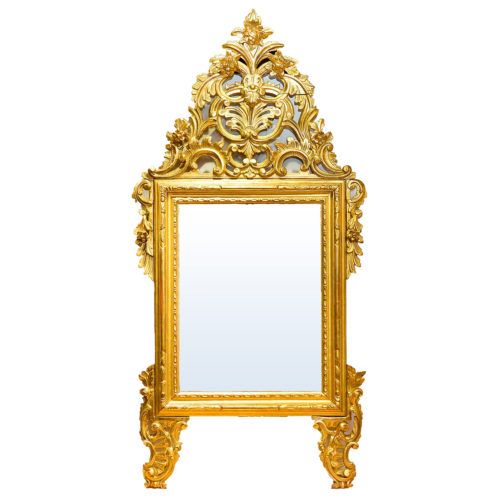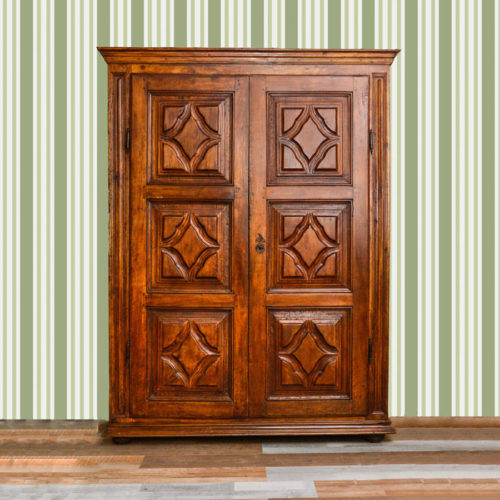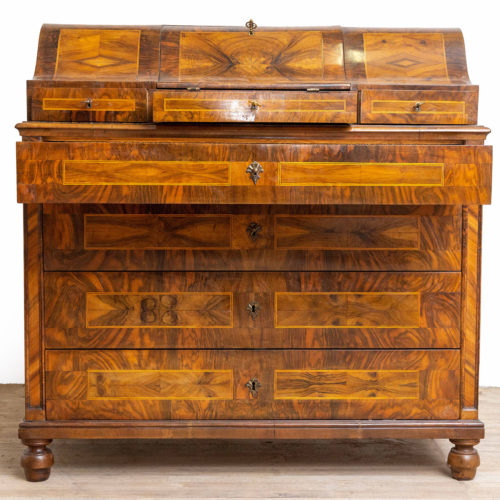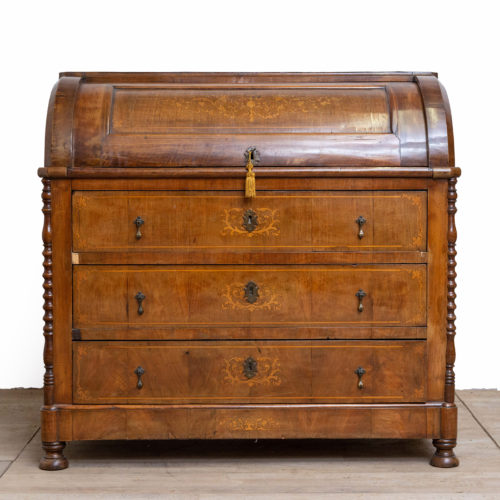Piedmontese mirror in carved wood and refined in golden gouache. Dating back to the late of 18th century.
-
Out of stock
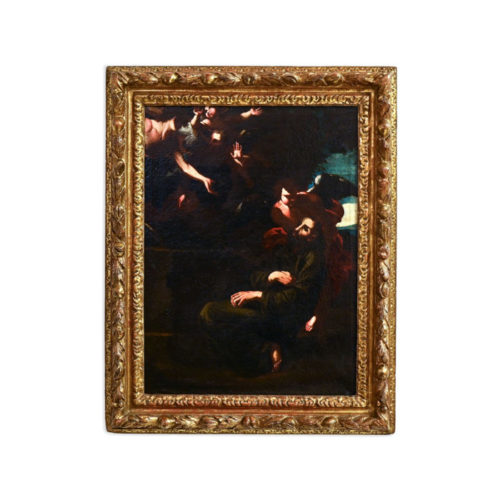 "Ecstasy of St. Francis" oil on canvas from the 17th century, in a coeval frame. Work in excellent condition. The scene of the painting refers to the famous episode in the life of Saint Francis that took place on the Verna mountain in the summer of 1224, when the Saint received the stigmata. Period: 17th century Measurements: Framed H 84.5 x W 66.5 x D 4.5 cm / Canvas H 68 x W 51 cm
"Ecstasy of St. Francis" oil on canvas from the 17th century, in a coeval frame. Work in excellent condition. The scene of the painting refers to the famous episode in the life of Saint Francis that took place on the Verna mountain in the summer of 1224, when the Saint received the stigmata. Period: 17th century Measurements: Framed H 84.5 x W 66.5 x D 4.5 cm / Canvas H 68 x W 51 cm
